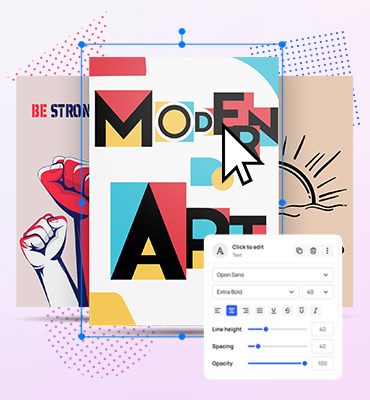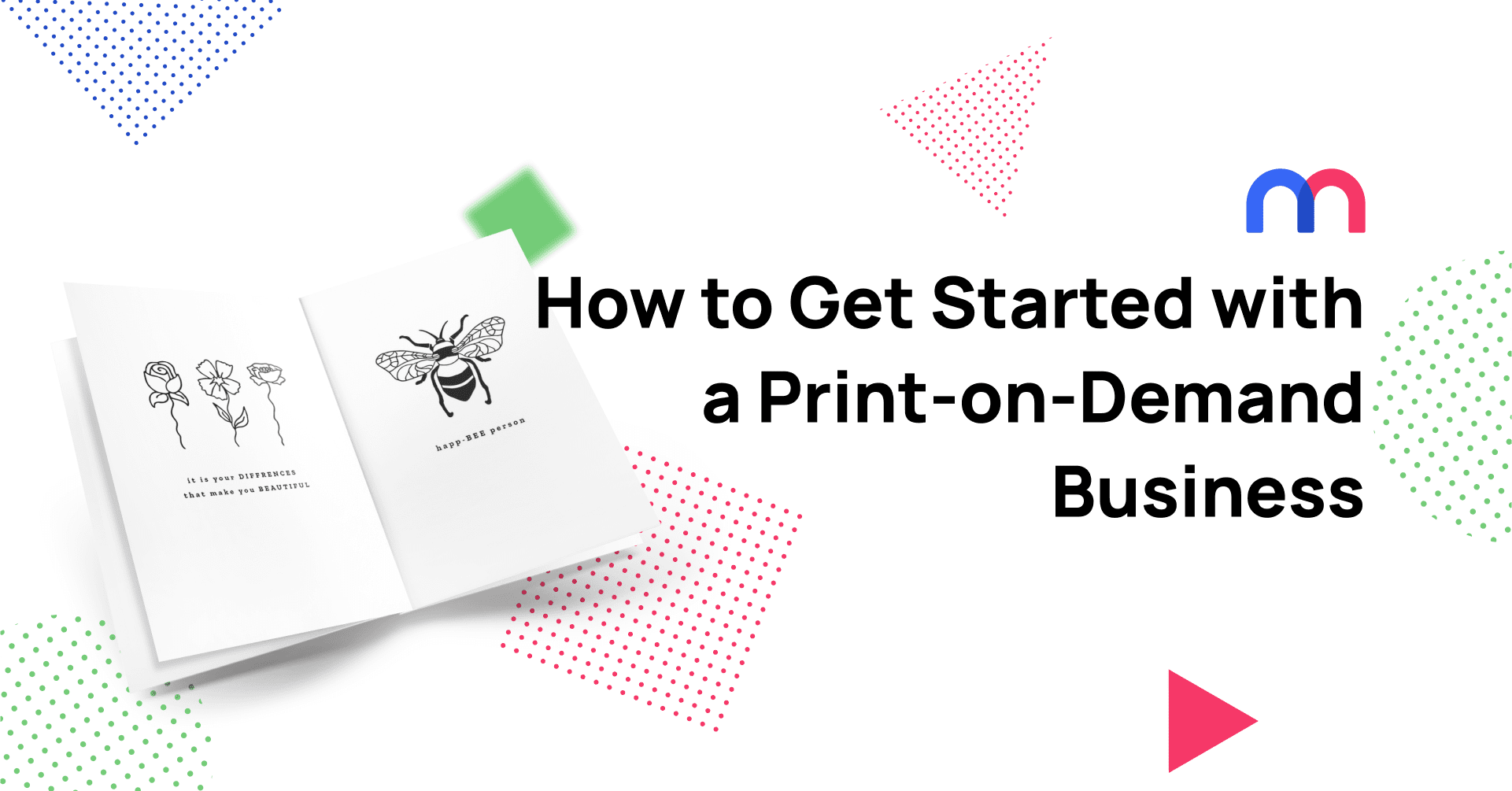How to Start a Print-on-Demand Business in only 6 Steps
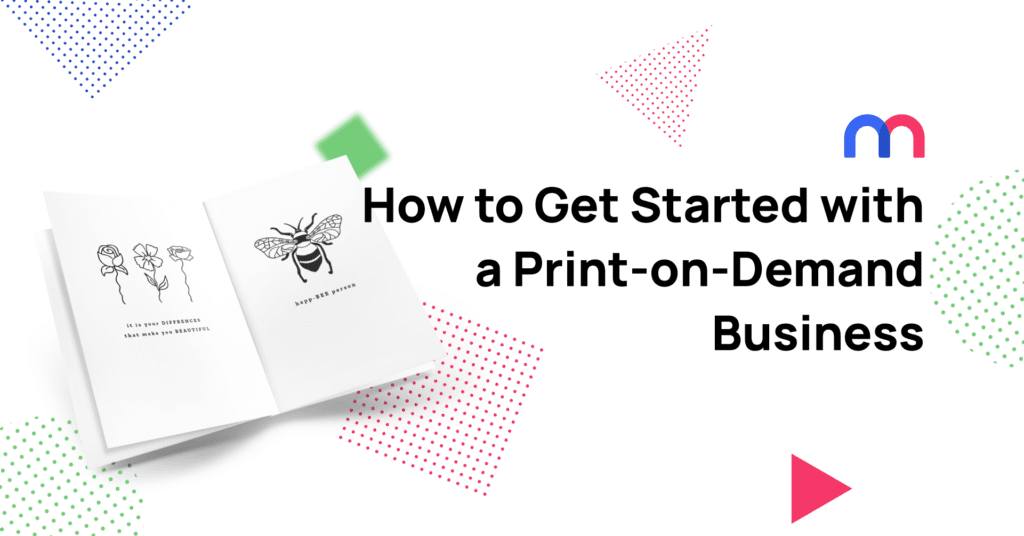
Embarking on a print-on-demand (POD) venture is a smart way to transform creative ideas into tangible products without the financial risk of holding inventory. This article from Mediamodifier breaks down the POD business model into clear, actionable steps: from choosing what to sell and crafting compelling designs to setting pricing and launching your online store.
Along the way, you’ll discover how to use mockups to visualize your products, test niches via trend research, and eventually market your offerings effectively. Whether you’re designing t-shirts, mugs, or custom notebooks, POD offers an accessible, scalable path to build your brand and serve a niche audience with limited upfront investment.
Ready to get started with your Print-on-Demand business?
What is Print-on-Demand (POD)?
Print-on-demand (POD) is a popular order fulfillment method where the design is printed on merchandise once an order has been made. It’s a win-win situation for both entrepreneurs and customers. The customers get exactly what they want, and business owners don’t have to keep large stocks of every design, some of which will never be sold. Let’s take a look at how to get started with your print-on-demand business.
Is print-on-demand for me?
The short answer is most likely, yes. The long answer is that POD has been growing in popularity and according to Forbes’ predictions, online shopping and a thirst for personalization won’t be going anywhere in the near future. People have become used to making their purchased virtually, and e-commerce has paved the way for POD. Online, consumers have access to almost everything in the planet, so they expect a huge assortment of products.
POD allows you to either:
- Offer dozens of designs and print them once an order is made. No huge inventory!
- Allow customers to design their own product, which you can then print and ship.
How does POD work?
Nowadays, you have so many service providers through whom you can set up your print-on-demand business within minutes. All you have to do is create a design, upload it to your chosen platform and set up marketing. They’ll print every order and ship it out.
Of course, you have the classic t-shirt stores where you can bring a USB with your design on it and they will print it for you, but doing it online is so much less time-consuming.
Some recommended print-on-demand business platforms are: Printify, Printful, Spod and Teelaunch.
But as mentioned, there are very many out there. It’s best to do some research yourself to see who offers the best rates, fastest production, best shipping times, suitable product range etc.
1. Getting started with your Print-on-Demand Business
Before even choosing a company, you need to figure out what you want to sell. Is it face masks, t-shirts, phone cases, hoodies, mugs or something else? Are you focusing on a niche or targeting a wide audience? Both have its pros and cons.
You can validate your idea using Google Trends and social media. Look at what people are searching for, both product and theme wise. If no one is searching for your idea, your product might be too niche.
Here’s a practical example for a “custom face mask” search. A lot of print-on-demand businesses offer face masks. And yes, they were unimaginably popular in March-July 2020, but have since died down to almost pre-pandemic levels.
On the other hand, the popularity of graphic t-shirts seems to be rather stable over the past couple decades.
2. Design your products
Then comes the best (and most crucial) part – design!
Some will have sample illustrations, text boxes or graphic elements that you can use, but let’s be honest – your customers want to see something more unique.
Tools to help you
You can use Photoshop, Illustrator, Affinity Designer or other similar software for creating your design. This is great for professional designers, but creating something unique doesn’t have to be that difficult or expensive.
Online drag & drop design tools are so much easier to use and affordable for small business owners. There are also plenty of templates available for when you want to create a limited edition design for a holiday like Mother’s Day. Check out some t-shirt design inspiration here.
If you’re not sure how something would look, you can always test it on a mockup of your future product. This will help you figure out the placement of your design and help visualise potential mistakes.
For example, I want to create a t-shirt with the above design. Using mockups, I can easily identify what color t-shirt works with the design. I can safely eliminate colours like beige and grass green because you can’t read the text.

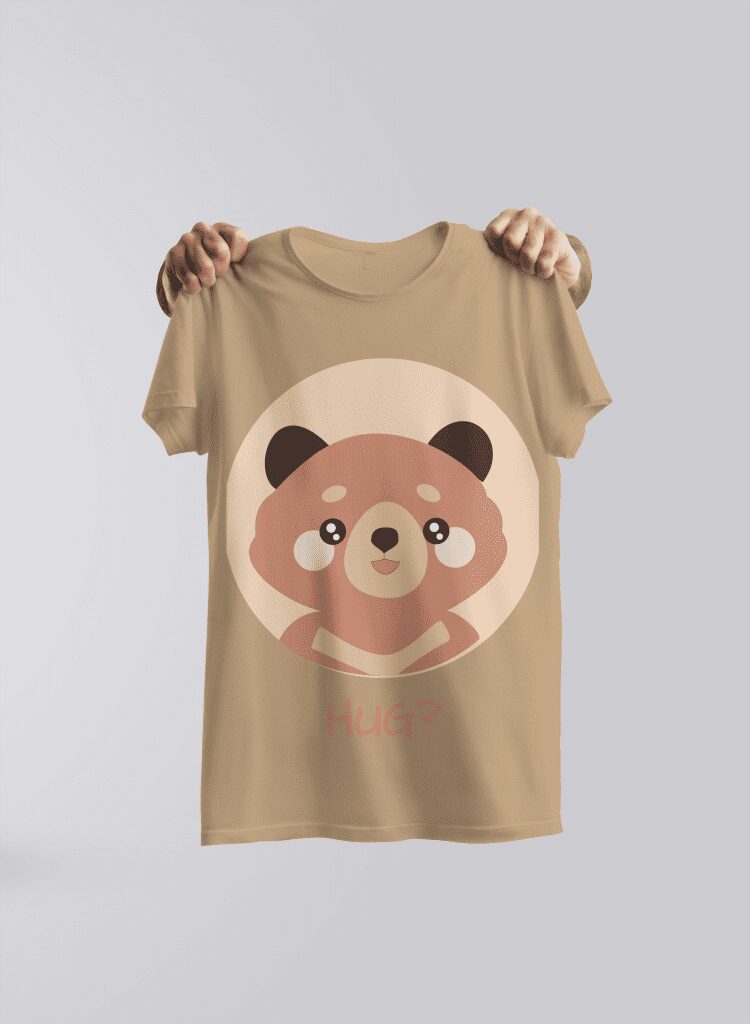
Technical requirements
Most services allow you to upload .jpg or .png files. Make sure you save your design with the highest quality and size possible. Low resolution design = low resolution print = unhappy customers.
Generally, illustrations look sharper than photos when printed, but both are perfectly acceptable. If you are doing an illustration, use a transparent background. Otherwise, the background of your design and the color of the fabric might not match.
Have a read through the technical requirements or your chosen service as well. Do they operate in RGB or CMYK? Do they have a maximum size? You’ll find answers to all your questions in their FAQ pages.
3. Set up your Print-on-Demand store & choose products
Once you feel like you have enough designs and have a vision for your business, it’s time to set up your products. You can do this straight at the print-on-demand platform you’ve chosen, but there’s a lot to think about before making a decision.
What material do you want? What color should the fabric be? Where do you want the design placed? Do you want socks that are all one color or should the heel and toes be different? When you’ve decided, just upload your file and preview before saving.
Then, you’ll need to name each product, write descriptions and choose the mockup preview you want people to see.
It’s recommended you test order one or two of each item in your store to make sure everything looks and feels good. Your design might bleed on particular materials or not work on certain colours.
For example, you might have ordered this:
But it ends up looking like this:
Better safe than sorry!
4. Set up your sales channels
Your products, designs and catalog are ready to go! All you need is a sales channel.
Each printing service has supported sales channels that you can use to actually well, sell your products. Some of the most common ones are Shopify, Etsy, Wix, eBay and WooCommerce, but check with your POD provider before setting up.
Then, follow the instructions depending on your chosen integration. In Shopify, you’ll be able to connect the catalog and quickly design your online stop. For WooCommerce, you’ll have to already have a self-hosted WordPress site. You can opt for the site from secure WordPress hosts. You’ll find instructions for each when you sign up.
5. Start marketing your Print-on-Demand business
Unfortunately, products don’t sell themselves. As much as I wish they would. You’ll have to create a marketing strategy based on your target audience and advertise your products. Create Facebook & Instagram pages, host an opening sale, and tell everyone you know to share the news.
Getting the first customers and building is usually the hardest part. It’ll get easier when you’ve built a small customer base who love your products and write reviews.
If you need help, don’t hesitate to use our templates and mockups (in your social networks posts for example).
6. Sit back and relax
Okay, maybe don’t relax completely. You’ll continuously have to work on creating new designs and getting more customers through your marketing channels. But at least you don’t have to worry about shipping and inventory! That’s the beauty of on-demand printing.
Starting a print-on-demand business offers a low-risk, highly flexible way to turn creativity into income. With the right tools, strategic product choices, and consistent marketing, anyone—from artists to entrepreneurs—can build a brand and reach customers around the world without managing inventory or large upfront costs.
Whether you’re aiming to launch a side hustle or grow a full-fledged eCommerce brand, POD gives you the foundation to test ideas, scale at your own pace, and stay agile in a competitive online marketplace. The key is to start small, learn from each step, and stay focused on delivering designs that resonate with your audience.
One last thing : don’t forget to use the right tools. MediaModifier is one of them!
Frequently Asked Questions on Print on Demand Business
What is a print‑on‑demand business and why choose it?
Print-on-demand business is an order fulfillment method where each item—like a t-shirt or mug—is only printed and shipped after a customer places an order. This eliminates inventory costs, reduces risk, and allows sellers to test designs with minimal upfront investment. It’s particularly well‑suited for creators, niche brands, and aspiring entrepreneurs who want flexibility and low barrier to entry.
How do I choose products and design ideas?
Start by identifying the types of products you’d like to offer—such as apparel, accessories, or home décor—and brainstorm design concepts that align with a specific audience or niche. Use tools like Google Trends, Pinterest, Reddit, and TikTok to spot current trends and themes. Then create digital mockups or order sample products to evaluate quality and appearance before listing them for sale.
Which print-on-demand services should I consider?
Leading platforms include Printful, Printify, Gooten, and Lulu. Each offers a variety of products, shipping options, and pricing structures. Printful is known for high-quality materials and branding options; Printify features a broad vendor network; Gooten offers unique items like calendars and pet beds; and Lulu specializes in self‑published books.
How should I price my print-on-demand products?
Pricing should account for production costs, transaction fees, shipping, and branding considerations. Research competitors and comparable products in your niche to set competitive yet profitable prices. Many sellers include shipping in the retail price (“free shipping”) to reduce cart abandonment and improve customer experience.
Do I need design skills to succeed in POD?
Not necessarily. If you’re not a designer, you can use drag-and-drop design tools or hire freelancers on platforms like Behance or 99designs. Just be sure to prepare designs at adequate resolution (usually 300 dpi) and the correct file format (PNG or PSD, often with transparent background) to meet print specifications.
What’s the best way to market a POD business?
Marketing is essential—products won’t sell themselves. Focus on one social media channel where your target audience is active (like Instagram or TikTok). Create content that entertains, inspires, or engages rather than overtly promoting products. You can also run ads (Facebook, Instagram, Google), start a blog (optimised for SEO) or list items on marketplaces like Etsy to reach new customers. Encouraging early reviews and building an email list can help build trust and repeat sales.
Is print‑on‑demand passive income?
Not really. While you don’t manage inventory or shipping, you’re still responsible for design creation, store setup, customer support, and marketing strategy. Some sellers describe passive POD (e.g. Amazon Merch) as somewhat hands-off, but even then SEO, listings, and content quality require ongoing effort
Is print-on-demand profitable for beginners?
Yes, it can be. But profitability depends on factors like niche selection, design quality, and marketing efforts. Beginners often see small profits initially while testing ideas and learning the platform, but with persistence and smart product positioning, it can grow into a sustainable income stream.
What do I need to start a print-on-demand business?
You’ll need a computer, internet connection, a POD platform (like Printful or Printify), a storefront (e.g. Shopify, Etsy), and digital designs to place on your products. Optional but helpful tools include design software (like Canva or Photoshop), mockup generators (like MediaModifier), and access to online trend research tools.
Can you start print-on-demand with no money?
Technically, yes. You can start using free design tools and platforms like Redbubble or Merch by Amazon, which don’t require upfront investment. However, building a brand and generating sales often benefits from modest spending on marketing, premium designs, or a personal domain/storefront.
Which print-on-demand product is most profitable?
Apparel—especially custom t-shirts and hoodies—tends to be a top-seller, but the most profitable products are often niche-specific. High-margin items like posters, planners, and custom accessories can yield strong profits if targeted correctly. Bundling products or offering limited-edition designs also increases perceived value.
Related articles
Visualize your design Use a product mockup to showcase your design
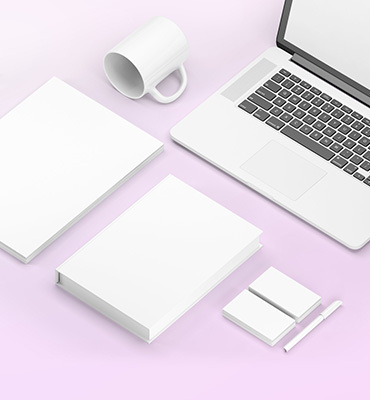

Create your design Use our templates to create delightful designs for any medium
